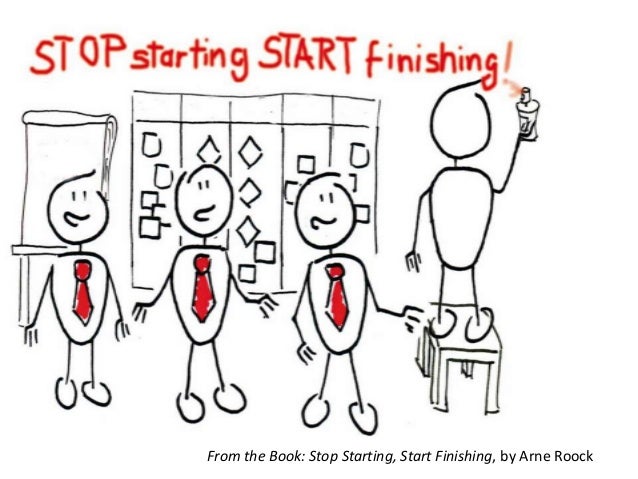Refactoring the
Enterprise
Why Refactoring – Is this yet another Agile Method
First, this is not a call for another Agile Method.
I won’t try to write a book and repackage a
bunch of stuff you already know and then offer to certify you.
Nothing wrong with that but not my
thing.
Second, I am using Refactoring
because I have been recently re-inspired by doing refactoring katas thanks to
Llewellyn Falco and
Woody Zuill and reading some great books
The Nature of Software Development by
Ron Jeffries and
Building Microservices to name two. What I describe below is similar in some ways
to refactoring legacy code.
I have been talking about this idea of carving out a bit of
business capability that a single team can deliver and run without the need to
coordinate with other teams. The fancy name for this is Domain Driven design
with Bounded Context.
Most businesses these days, regardless of the product or
service they deliver, have become software development companies. Many of these
companies are running a fragile, organically grown, or acquired, collection of code and infrastructure
that is difficult and risky to change. At the same time, market demands,
competition, and a changing technology landscape make business agility more
important than ever.
There are already some enterprise frameworks for agile but
they feel heavy to me and they seem to put the focus on detailed upfront
planning and ongoing processes which seems inconsistent with the Agile
Manifesto.
I think a refactoring approach can be used to transform
organizations in an iterative, emergent way that limits risk and maximizes long
term ROI. Here’s what that might look
like.
Meet with executives at any level in the organization to
understand their strategic objectives and known barriers to achieving them.
·
A strategic objective might be to provide device
specific, yet consistent access to product information.
·
A barrier to achieving that might be that the
business rules are embedded in the webpage code and backend systems without a
clear delineation. Creating a mobile app that provides the same selection and
pricing as the existing website could be very expensive and require a huge
amount of testing with a long time line.
Enterprise and Solution Architects are in the best position
to identify challenges and opportunities in the IT space that align to those
objectives and remove barriers. The architects will also have a key role in
integrating new services into the existing architecture.
Because we must be able to deploy at any time – even
multiple times per day - organizational leaders must clear a path for a
parallel delivery pipeline that allows on demand deployment to production
environments. Versioning and feature flags allow partial feature upgrades and
multiple versions of software to coexist in the production environment. Creating a parallel delivery path allows the
lights to stay on while we iterate to the fully workable solution.
One way to start the journey would be to select a specific
business capability that needs to change, or scale, but is difficult or risky
in the current process. After creating the bounded context; design a product
that provides that business capability to customers – who may be internal or
external.
For our example above we might create a service that
encapsulates the business rules and the product data to determine which
products should be offered to a customer. The service could be called via a restful
interface that includes specific selection criteria. The service would return a list of products
(prices might be included or might be provided by a different service.) The
development team for each device platform could decide how best to display the
offerings.
To get started on the new service we would form a product
team (Product Owner, Developers) that will develop and support the product
starting with the smallest useful feature set, MVP, in parallel with the
current delivery scheme. The Developers
are responsible for testing and supporting their product – even in
production. The Product Owner is
responsible for maximizing value and being available to the team at all times –
What Woody calls Decision Queue Time – can easily multiply the time to value
for a development effort.
To ensure the business agility we promise, it’s not enough
to just write the software. The product team must be able to deliver running
tested features into production on their first iteration. This means they need to have version control,
build automation, acceptance test automation, non-functional test automation, and automated
deployment from the very beginning. Assign a Coach to help with these things
and the ongoing challenges they will face.
The first running tested feature may be as simple as “Hello World” but
it will be in version control, have been automatically built, passed its
acceptance tests, passed
non-functional requirements testing, been automatically deployed into the
production environment, and validated as available and responsive. This is the
proof that all the parts work together and it’s a great way for the team to
experience the definition of done.
It is important to make clear the expectation of excellent
technical practices. Release to
production every iteration using automated tests and automated
build/deploy. Version APIs and use
feature flags as required to enable trunk based development. Design
and build in monitoring, high availability, recovery, graceful
degradation, and scaling from the beginning.
Also, every developer must be familiar with and responsible
for the quality of every piece of code. This is a key risk mitigation strategy; nobody wants to worry about crucial code that only
one person can work on or complex code that fights modification.
This approach provides learning early and often but still
requires patience. The first effort will be slow – people will need training
and experience. There will be missteps
and disappointment along the way.
Understand and plan for this – you have already reduced risk by
undertaking this as a parallel effort to whatever process is already in place
and by automating tests and deployment.
We started off talking about an enterprise transformation
but we’ve only talked about a single team so far. In the spirit of the agile
manifesto we want to iterate and learn. When the first effort starts to show
success, add another product and team.
Use this pattern of adoption until you run out of products and markets
that need attention. Your organizational
structure will change over time to reflect the new architecture. Many teams will be able to support more than
one related product – that will emerge as you go.
Changing the focus from the activities of Agile/DevOps
adoption to the achievement of strategic business objectives through
refactoring allows us to start learning faster and to stop at any time with
minimal waste. Moving to a product focus allows us to leverage Conway’s law in
reverse to transform the organizational structure around the business outcomes
we are trying to create.
I am interested in your feedback especially if you have
specific examples and ideas on why this could never work in the complex domains
of the real world.
Thanks for reading --Mike











